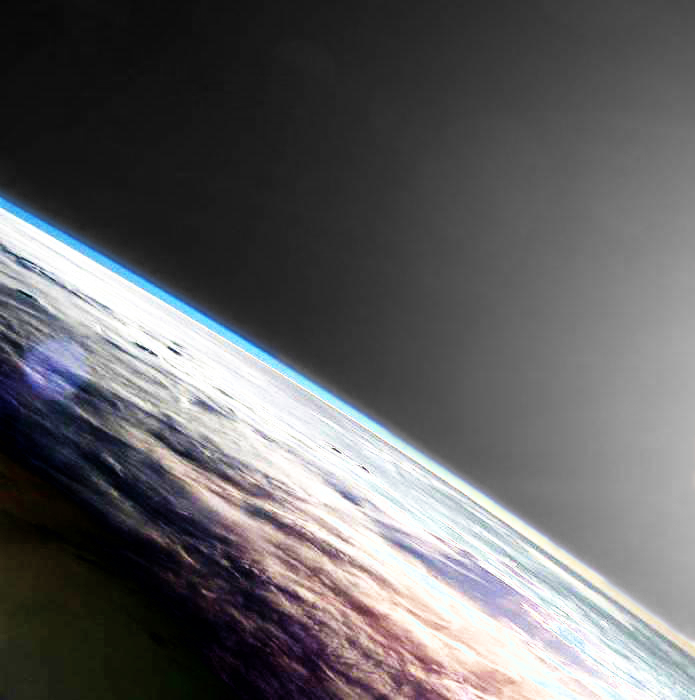Local buoy boosts ocean watch
 Curtin University and NASA are pioneering new ways to monitor ocean health from space.
Curtin University and NASA are pioneering new ways to monitor ocean health from space.
Working with the University of Miami, San José State University, and the National Institute of Standards and Technology, Curtin is supporting NASA’s satellite-based PACE (Plankton, Aerosols, Clouds, Ocean Ecosystems) mission to examine ocean colour, providing critical insights into marine health and climate dynamics.
Researchers recently deployed a 15-metre-tall buoy, known as MarONet (Marine Optical Network), off Perth’s coast to validate data collected by the PACE satellite.
This buoy, positioned near Western Australia’s Rottnest Island, is equipped with sensors that capture light reflected from the ocean’s surface to measure phytoplankton levels, a key indicator of ocean and atmospheric health.
“We typically think of the ocean’s colour as blue, but in many places, it looks blue-green because those areas are teeming with single-celled plants called phytoplankton, which contain chlorophyll and absorb the blue light,” said Professor David Antoine, head of Curtin’s Remote Sensing and Satellite Research Group (RSSRG).
Experts say phytoplankton produce over half of the world’s oxygen and capture significant amounts of carbon dioxide, making them crucial to climate regulation.
“By measuring the colour of the ocean with both satellites and sea-based sensors, we can study the enormous impact phytoplankton have on our climate and the potential of this tiny plant to help combat climate change,” Antoine said.
Data from MarONet’s sensors are transmitted via mobile networks for analysis, enabling researchers to fine-tune satellite measurements for greater accuracy.
Andrew Gray, Curtin’s lead project engineer, noted that the specific oceanic and atmospheric conditions near Rottnest make the site ideal for calibration.
“MarONet will improve the accuracy of remote sensing data collected by NASA by comparing it with physical measurements taken at ground level,” he said.
Professor Art Gleason, principal investigator from the University of Miami, says MarONet complements NASA’s long-standing sea-based sensors near Hawaii, which have been collecting data for over two decades.
“There are sea-based sensors off Hawaii that have been operating for more than 20 years, allowing close coordination with the new buoy off Rottnest,” he explained.







 Print
Print


